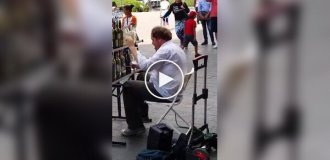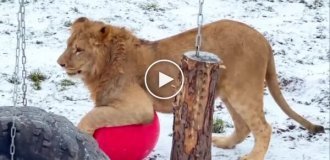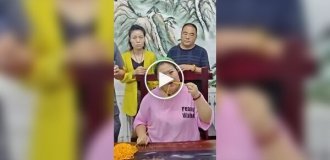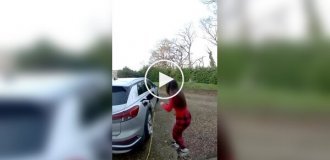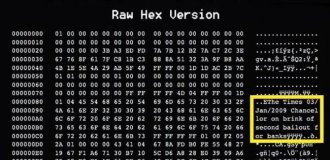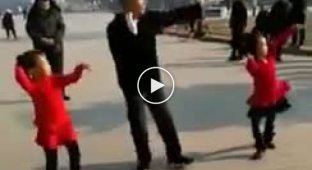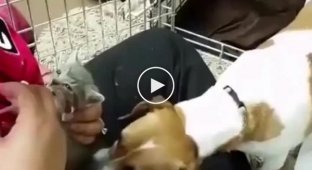Biologists have discovered the reasons why parrots destroy or adopt other people's chicks (4 photos + 2 videos)
In the feathered world, passions sometimes run hotter than in humans. 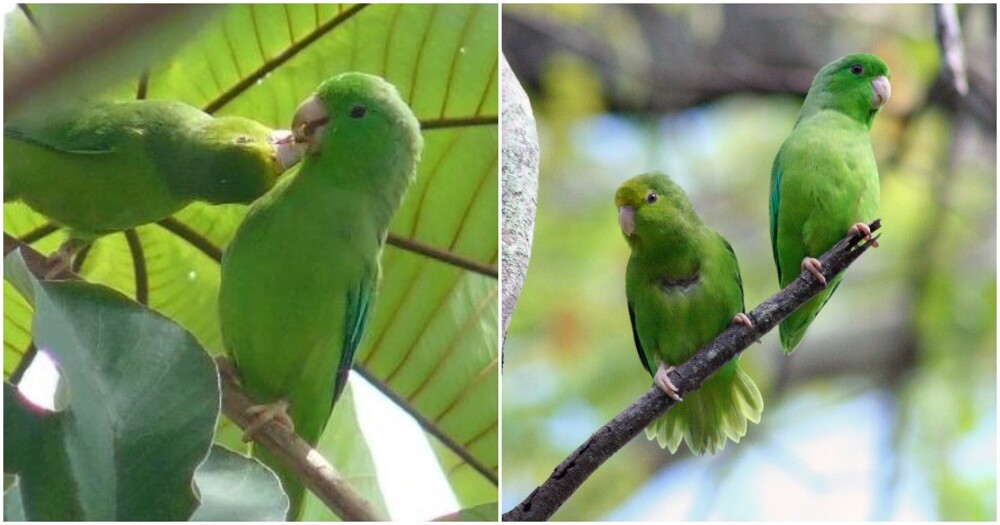
It took scientists from the University of California and the University of Texas (USA) 27 years to unravel the reason for the unusual behavior of parakeets (Forpus passerinus).
These cute green birds live in the forests and bush areas of Guyana, Suriname, Colombia, Venezuela, Bolivia, Paraguay and Brazil. They like to nest on river banks and the sea coast. The species exhibits strong sexual dichromatism but no sex differences in body size, and the adult sex ratio is highly male dependent (due to low survival rates of juvenile females in local environments), which varies little between years (median = 1.5 males per female), while many males cannot find a mate. 
Scientists, whose observation post was located on a cattle ranch in Venezuela, noticed that dead chicks periodically appeared at the nests, but since no one hunted the babies in the vicinity, they could not understand the cause of death.
An inquisitive mind gave no rest, and it was decided to organize monitoring of parrot nests. So it turned out that sometimes other people's parrots flew to the chicks, and when they flew out, traces of blood could be seen on their beaks. But what prompted birds to destroy other people's offspring?
To solve this issue, it was decided to build nests for 2,742 pairs of birds from scrap materials. No sooner said than done. Until 2015, biologists continuously monitored the life of birds, their habits and what was happening in their “families.” 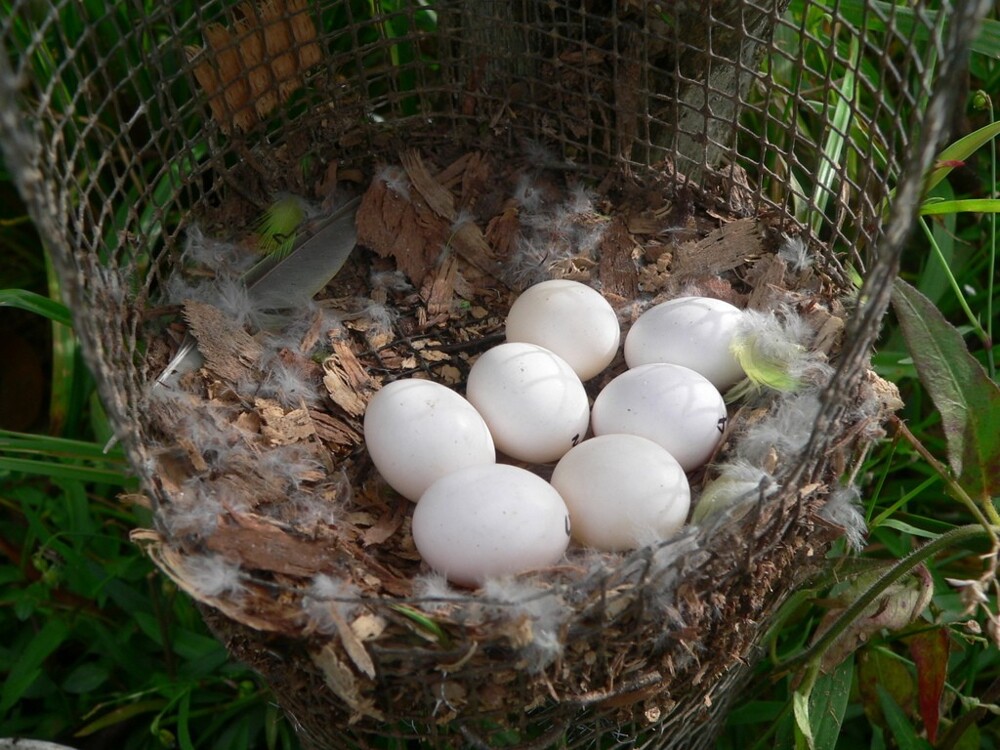
The collected statistics showed that parrots destroyed clutches, killed or injured their neighbors' chicks in 256 nests. Moreover, it was not just one maniac, but sometimes in pairs - a female and a male. After the attack, the pair occupied the vacant nest and laid their eggs.
Representatives of both sexes attacked and killed offspring, but males were 1.8 times more likely than females.
For ethical reasons, I will not post videos of parrots pecking at other people’s offspring, but if anyone is very interested, watch it here.
The battle for living space increased when the parrot population reached high levels. 
Parrots injured or killed chicks and eggs in 256 (9.3%) of 2742 nests. The attacks occurred in two different contexts. Offspring were most often attacked in nests with intact breeding pairs (n = 176, or 69%) where both parents were alive. Secondary attacks occurred in nests where one partner died (n = 80, or 31%), including 54 of 128 nests (42%) with widows and 16 of 42 nests (39%) with widowers. Negligent infanticide in the absence of an attack was rare, occurring in eight nests where widowed parents re-mated with potential adoptive parents and then abandoned eggs or chicks
Karl S. Berg, an associate professor at the University of Texas, noted in his scientific work that cruelty was not inherent in all parrots.
“It’s not that all birds are natural killers, but the desire to reproduce in living creatures is very strong. When environmental resources become insufficient for all individuals in a population to do this, they seek alternative strategies. Unfortunately, they involve the killing of innocent little chicks.”
Competition among several males pursuing an intact breeding pair in nest #19B31A. The parent male can be seen at the entrance to the nest box, and his mate can be seen at the top. A fight ensues.
Biologists found that the nest in which one of the parents died was also attacked. It became more difficult for the second to protect and feed his brood. Sometimes, after the death of a partner, parrots found new partners, and they, in turn, pecked the remaining offspring to death. Thus, within a single species and mating system, infanticide occurred in multiple contexts due to multiple factors. Nevertheless, 48% of foster parents of both sexes adopted offspring, and another 23% of “stepfathers” got rid of other people’s chicks.
Normal parental feeding behavior exhibited by a male-female foster parrot pair transferring food by regurgitating seeds into the mouths of the chicks in nest no. 19B105B
From the point of view of the idea of natural selection, adoption seems illogical. But scientists have come to the conclusion that such actions are a desire to preserve the gene pool of the population as a whole. Most often, young males agreed to adoption and subsequently nested with widows, reaching an earlier age for first breeding than competitors. Thus, the “altruistic” males received a double benefit: both “real estate” and the female.
Material taken from the scientific journal PNAS, article Eviction-driven infanticide and sexually selected adoption and infanticide in a neotropical parrot
